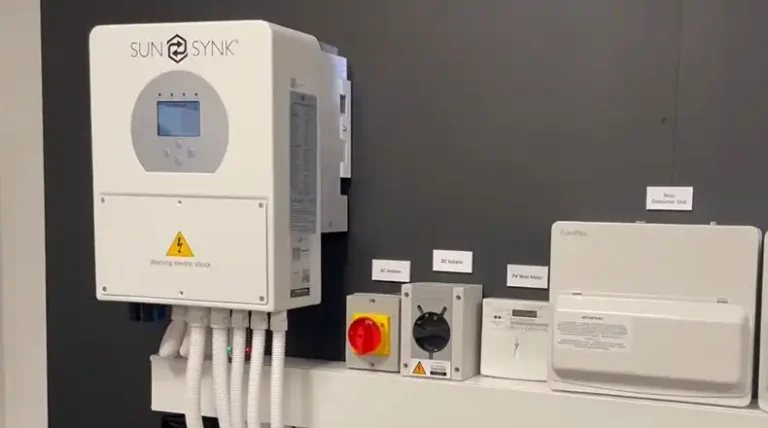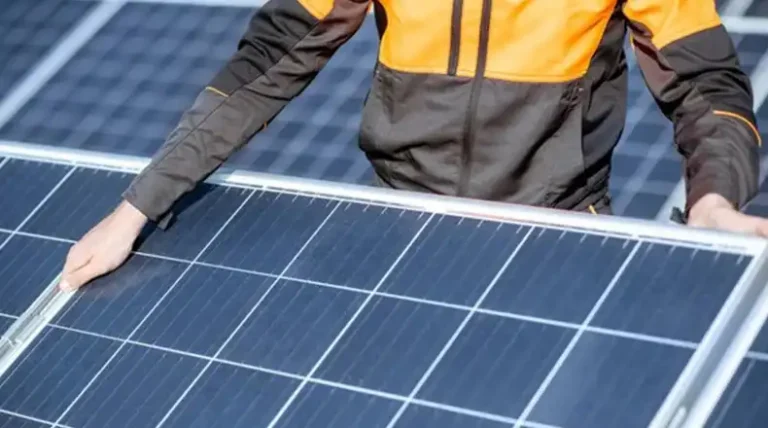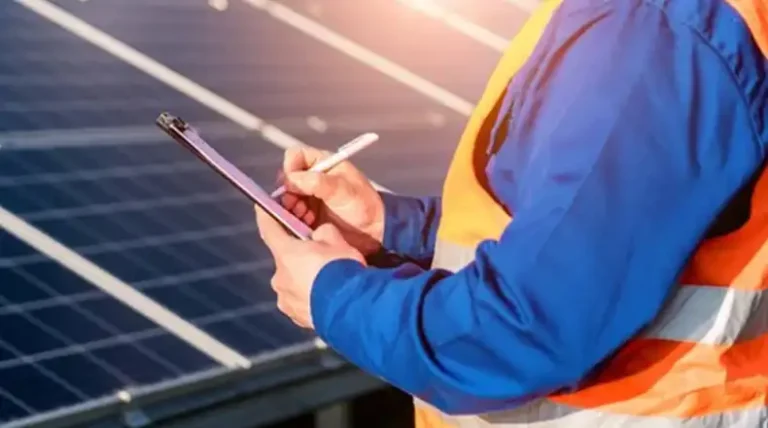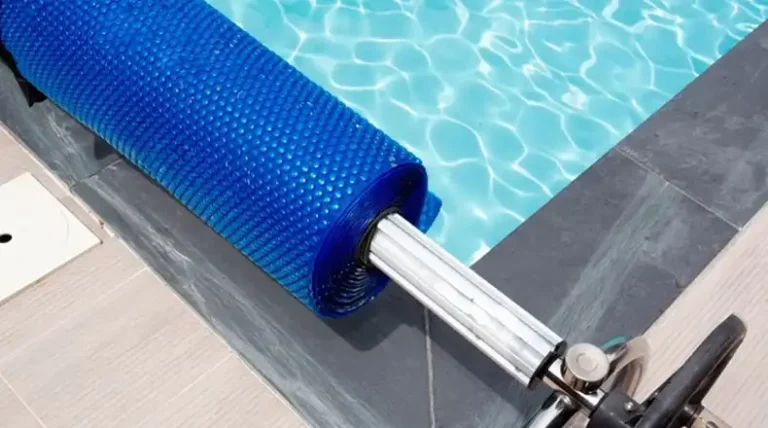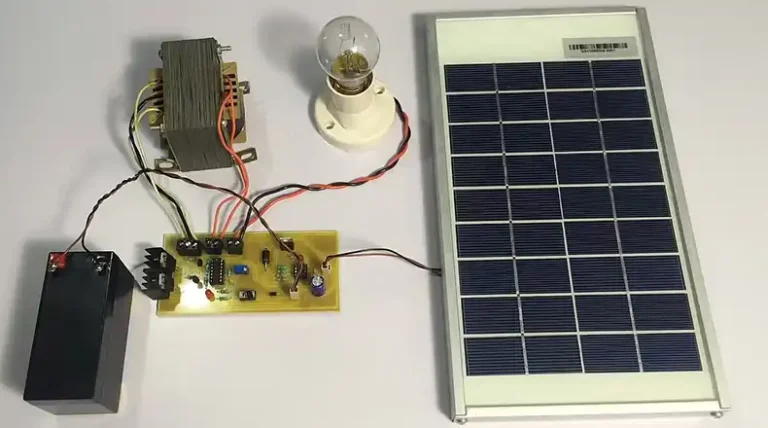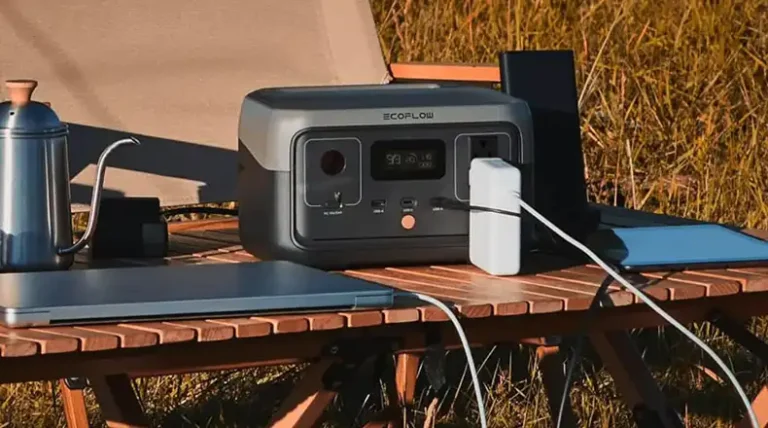Charging a Deep Cycle Battery with Solar | A Bright Way to Power
Deep cycle batteries, integral in many renewable energy systems, frequently raise a pressing question: Can they be effectively charged using solar power? The question has its roots in the very essence of sustainability and efficiency. The unequivocal answer is ‘yes’—solar panels can be proficiently employed to recharge deep cycle batteries. However, while this method is ingenious, it comes with its own set of advantages and challenges.
Solar charging is no longer a novel concept, with numerous applications ranging from tiny gadgets to expansive power grids. When specifically applied to deep cycle batteries, this method offers unparalleled benefits like cost-effectiveness, eco-friendliness, and a certain level of independence from the grid.
On the flip side, there are hurdles like dependency on weather and the initial setup costs. Understanding this balance is crucial for anyone considering or already invested in this sustainable solution. So, let’s get started below!
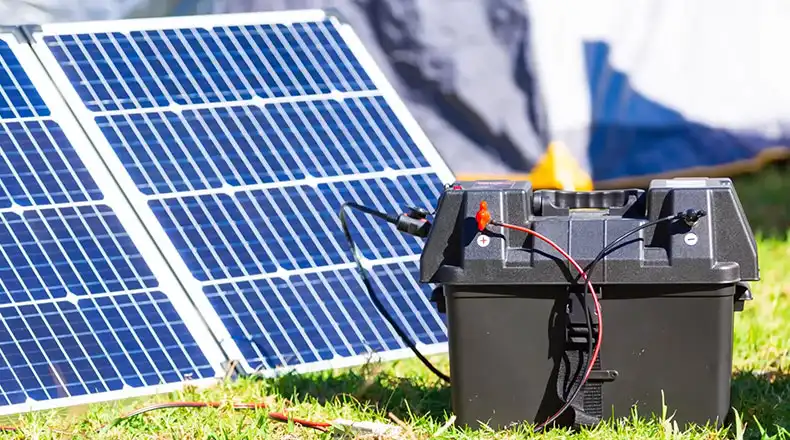
Is It Possible to Charge a Deep Cycle Battery with Solar?
Absolutely, it’s not only possible but also a highly efficient method adopted by many for a sustainable energy solution. Here’s a deeper dive into the process:
How It Works
Solar Panels: The core component of this setup, solar panels are designed to absorb sunlight and convert it into direct current (DC).
Charge Controller: Before the DC reaches the battery, it goes through a charge controller. This essential device ensures that the battery is neither overcharged nor overly depleted. It regulates the current and voltage going to the battery, maintaining its health and longevity.
Deep Cycle Battery: These batteries are specifically designed for repeated deep discharge and recharge cycles. They store the energy coming from the solar panels, ensuring power is available even when the sun isn’t shining.
A Step-By-Step Guide to Solar Charging a Deep Cycle Battery
Here is how you can charge a deep cycle battery with solar panels:
Step 1: Selecting the Right Solar Panel
- Based on the battery’s voltage and the daily energy needs, choose a solar panel that can provide the required wattage.
- For a 12V battery, a 12V solar panel (or higher with a proper charge controller) is ideal.
Step 2: Incorporating a Charge Controller
- This device ensures the battery isn’t overcharged or excessively discharged.
- A PWM (Pulse Width Modulation) or MPPT (Maximum Power Point Tracking) controller is typically used for deep cycle batteries.
Step 3: Connection and Setup
- Connect the solar panel to the charge controller, ensuring the correct polarity.
- Then, connect the charge controller to the deep cycle battery.
- Place the solar panel in a location where it receives ample sunlight, free from obstructions or shadows.
Why Solar Charge Deep Cycle Batteries?
Understanding the ‘why’ behind this process gives clarity:
- Sustainability and Cost-Effectiveness: Solar charging is an eco-friendly alternative to traditional charging methods. Plus, after the initial setup cost, the sun’s energy is free!
- Remote Power Solution: For those in off-grid areas or enjoying outdoor adventures, solar becomes a dependable power source for charging batteries.
- Low Maintenance and Reliability: Solar setups, especially for charging, require minimal maintenance and can provide consistent power for years.
Pros and Cons of Solar Charging Deep Cycle Batteries
Here are some advantages and disadvantages of using solar power for charging a deep cycle battery to help you decide if it is right for you:
Pros:
- Cost Savings in the Long Run: Once set up, the sun’s energy is free, saving considerable energy costs over time.
- Environmentally Friendly: Solar power reduces the carbon footprint, making for a sustainable energy choice.
- Independence from Grid: Especially in remote areas or during grid outages, solar-charged batteries ensure a continuous power supply.
- Low Maintenance: With no moving parts, solar setups are durable and demand minimal maintenance.
Cons:
- Initial Setup Costs: The upfront investment for solar panels, charge controllers, and installation can be significant.
- Weather Dependency: The efficiency of solar charging is heavily dependent on weather conditions.
- Space Requirement: Adequate space is required for solar panel installation, which might not be feasible for everyone.
- Charging Time: Solar charging typically takes longer, especially during cloudy or rainy days.
Considerations and Tips on Charging a Deep Cycle Battery with Solar
Here are the tips to consider:
- Ensure the solar panel can provide enough power based on the battery’s capacity (Ah) and the expected daily energy consumption.
- Charging time will vary based on the solar panel’s output and the battery’s state. On a sunny day, a typical setup might take 5-8 hours for a full charge.
- Solar charging is affected by weather conditions. Cloudy or rainy days will extend the charging time.
- Regularly check the battery’s voltage to ensure it’s charging properly.
- Clean the solar panel periodically to maintain its efficiency.
- Use fuses between the solar panel, charge controller, and battery to prevent potential overcurrent issues.
- Avoid charging the battery in extremely hot conditions as it can affect battery lifespan.
Wrapping Up
Charging deep cycle batteries with solar power embodies the pinnacle of sustainable innovation. It’s an elegant melding of nature’s immense power with human ingenuity. While the journey has its peaks and troughs—be it the exhilarating independence from the grid or the patience-testing cloudy days—the overarching theme is unmistakably positive. By embracing this method, you’re not just saving on electricity bills or ensuring backup power; you’re making a conscious choice for the planet. As our sun continues its tireless journey, casting its warm, life-enabling glow, let’s harness its might, store it, and power our aspirations.
Inquiries Uncovered
How Often Should I Clean The Solar Panels?
While it depends on the environment, a general recommendation is once every couple of months. In dustier regions, more frequent cleaning might be required.
What’s The Lifespan Of A Solar-Charged Deep Cycle Battery?
With proper maintenance and care, a deep cycle battery can serve effectively for 4-6 years, with some even stretching up to a decade.
Do I Need Specialized Equipment For The Charging Process?
A suitable solar panel and a charge controller tailored to your battery’s specifications are essential. Additionally, fuses and connectors might be needed for a safe setup.
Is There A Risk Of Overcharging The Battery?
With a quality charge controller in place, the risk is minimal. It regulates the charge, ensuring the battery gets optimal power without overcharging.

